Cockroaches don’t really fall into that argument of “love ‘em or hate ‘em” with people. Most folks would love to watch every single roach on the planet be burned in a giant pit. The only people that even have a shred of affection for these creepy pests are those weird “I feed them to my snakes” guys. That should tell you something.
But there’s a side to cockroaches you probably didn’t know. A side you didn’t want to know. These skittering little creeps are actually amazing creatures to behold. There’s a reason the cliche of roaches living after the apocalypse exists. It’s because they’re super horrifying. Here’s why…
9. Their milk might be the world’s next superfood
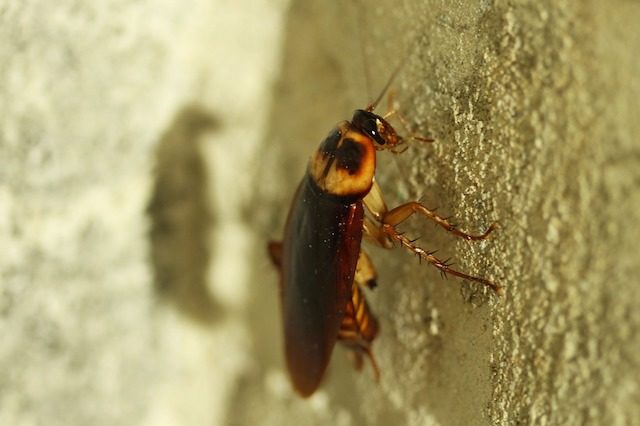
There is one type of cockroach in the world that, in defiance of God and all things holy, gives birth to live young’uns, and actually produces a type of milk for those creepy newborns. The Diploptera punctate variety of roach receives from their mother a rich proteiny liquid that’s four times as nutrient-rich as cow’s milk. And science thinks it could be a new superfood. You know, for humans.
A single protein crystal in this roach milk contains three times the amount of energy that you would find in buffalo milk. And even buffalo milk is better for you than cow milk. Obviously, scientists are aware that setting up roach milking factories is a fool’s errand, so they want to create the same kind of protein crystals in a lab. The benefit is obvious: it’s incredibly high in calories and nutrients, and it’s time-released so your body would receive it’s goodness when it needs it. Science thinks that it could especially benefit poorer countries, as it could be a good quick source of lots of calories. Lots of milky, roachy calories.
8. They can “run” up to 3 miles an hour. And more.

Most roaches you come across are of the scurrying and scuttling variety. You turn a light on and they scatter. If you happen to bear witness to a bad enough infestation, they sometimes won’t even be polite enough to leave the room. They’ll stare back at you like you’re the invader. Which, they may have a point.
It’s likely you haven’t seen the full brunt of their speed during their scurrying, as you’re too busy clenching your anus. But they’re fast. Like, stupid fast. A cockroach has been clocked at speeds of over 3 miles-per-hour. You may have noticed if you live in a cool enough climate, they don’t usually unfurl their wings and fly. But if it’s hot enough where you live, they can totally do that too.
7. Females can store sperm for later
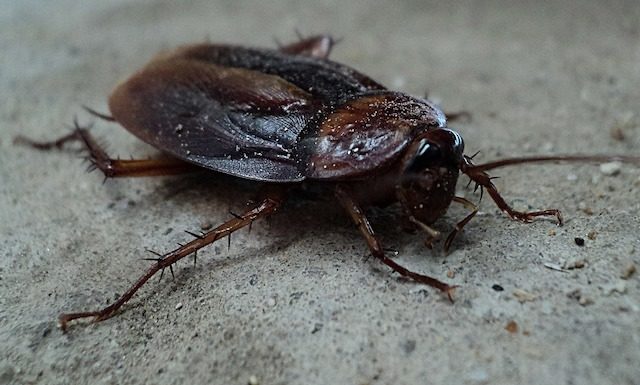
Much like a group of ladies fending off a gaggle of douchebros at a club, female roaches have been known to crowd together to fend off thirsty males. Since females roaches are larger, a gathering of them is very good at physically pushing out aggressive males looking to mate.
Turns out, the females don’t really need the males all that much, period. They need them to mate, sure, but even then they can take the male’s sperm and store it in their bodies for usage at a later time. In fact, they can take enough sperm in one mating that they never need to mate again during their entire lifetime (usually around a year).
6. If you have termites, technically you have cockroaches
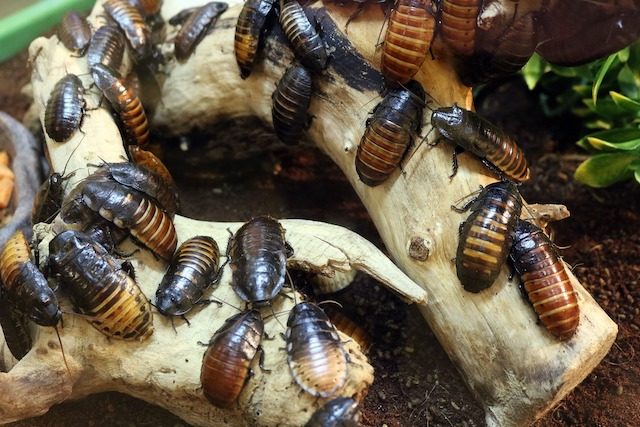
It’s everyone’s fear when they purchase a house: are there going to be termites in the wood? Once they’re in there, who knows what damage they might have already wrought? Termites don’t sleep, so they feast constantly on wood. Another fun fact: some termite queens can lay up to 40,000 eggs a day. Yet another fun fact to add to your already-palpable fear: termites are actually roaches!
Yes, science has recently, for no reason other than to apparently bother normal human beings, discovered that termites are basically social cockroaches. While there are differences, like termites having colonies and cockroaches being less friendly, and the diet contrast between the two, it’s long been known that the two are genetically related. The predilection of the roach to eat feces is the fascinating way that science has linked the two. They think that long ago, their ancestors’ ability to eat poop also evolved into an ability to break down wood, leading to the evolution of the termite.
5. They fart (a lot)
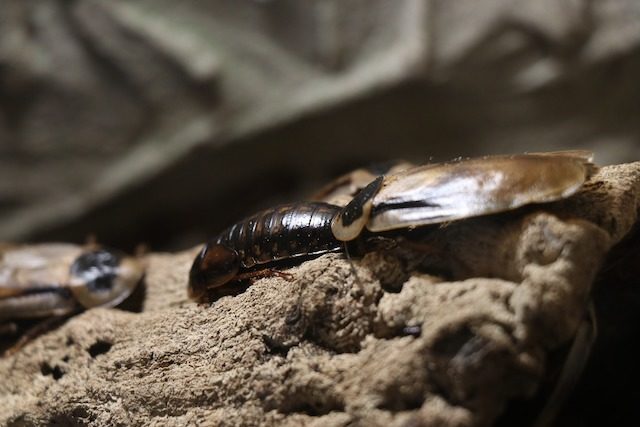
Of all the farting creatures that inhabit the world, you might think that insects don’t really contribute to the fartosphere all that much. But adorably, they do! With the relative size of their bodies, it raises so many questions. Are insect farts audible? Do they giggle at their own toots? Do they stink?
Science doesn’t really know some of these farty questions in regards to cockroaches, weirdly enough. It’s hard to tell if digestive gases actually emanate from an insect’s anus, somehow. We know roaches have intestines and an anus, and that sometimes they pass an insane amount of gas. One funny way we’ve discovered that is ancient roaches that have been encased in amber, Jurassic Park-style have had their own fart bubbles preserved in the specimen along with them.
4. You’ve eaten more than you realize
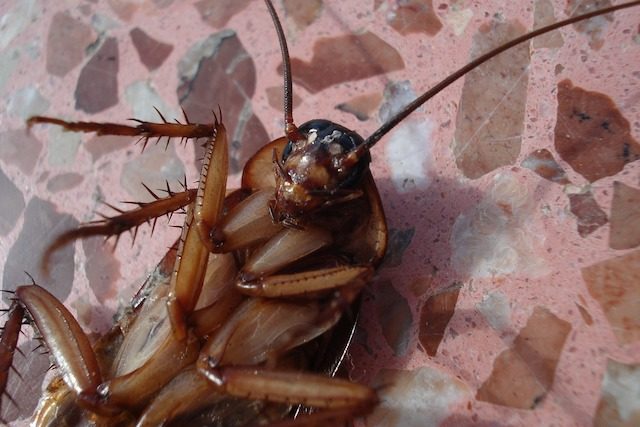
When you hear about “acceptable levels” of pests and animal droppings in your food, it’s a thing that’s been scientifically measured and, as gross as it is, mostly unharmful. Parts of bugs, and in some cases insect heads themselves, are allowed at different ratios for different foods. Spices like oregano and cinnamon seem to be particularly full of bug limbs and bodies.
Roaches especially are good at finding food to become an eventual part of, probably because they communicate so well at sharing locations for food. They use chemicals to recommend the hottest new “restaurants” in their vicinity. Like we said, it’s not usually harmful to people when cockroaches become one with our edibles, but sometimes they do introduce some health problems. Ground up roach parts in chocolate are causing allergic reactions that most health professionals had previously attributed to the ingredients of the chocolate. Nope, in more and more cases, we’re finding out that it’s cockroach bits.
3. They have their own “neighborhoods”
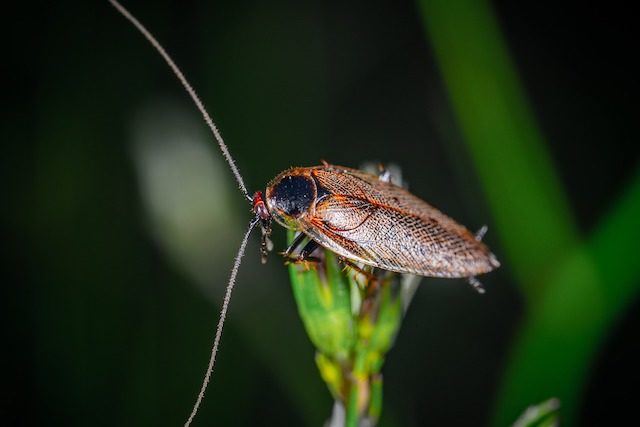
The vast cityscape of New York City is positively teeming with unique, distinct neighborhoods. They vary by landscape, topography, native population, and all sorts of other factors. The delineation of them sometimes bleed into the next, but they have their own kind of character. Oddly enough, cockroaches in the city are much the same.
Just like the distinct neighborhoods, the roaches in some of them are distinct to each area, and don’t really travel outside of that radius. What’s more, they can recognize that other roaches are native to other neighborhoods. And while they have been known to breed with each other, they do prefer to stay in their own “neighborhoods.” Which, somehow, is kind of adorable.
2. China has huge cockroach farms

There is a huge problem with food waste in the world. China is no exception to this seeming crisis, as there is just way too much food left over for their landfills to be able to handle. And you can only compost so much. So what to do with the staggering amount of food? Beijing alone accounts for 9 million tons of food waste in one year. Their idea? Well, you’ve been reading an article on roaches. So, of course their proposed answer is a metric buttload of roaches.
Billions upon billions of cockroaches are being farmed all over China in order to try and find a solution for the problem. At one particularly busy plant, over a billion roaches can put down about 50 tons of food waste per day. There are other uses for these massive roach farms, such as cosmetics and for livestock food, but just imagine a quivering acre of roaches feasting on rotting foodstuffs, and try to choke down your lunch.
1. They can almost defy physics when walking upside down
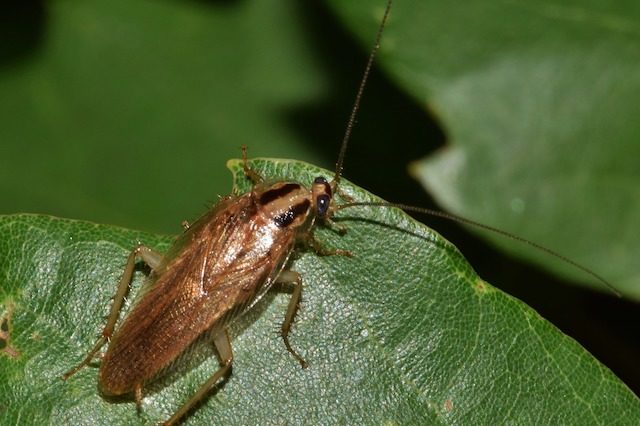
If you’re looking for the ninja of the insect world, the cockroach may just have you covered. They do quite well at avoiding any kind of smashing, killy motions that come their way from you, and that’s partly because they’re tiny and quick and able to squeeze into narrow openings, sure, but there’s more to their story.
The roach’s ability to approach a ledge and then swiftly flip over it and disappear may seem simple, but there’s a lot of physics at play there. The roach actually grabs the edge of the ledge with its tiny little back claws and then does a 180 degree pendulum-type swing and lands upside down, underneath the ledge. Scientists couldn’t even figure out this graceful science of the roach until they used high-speed cameras. The cockroach is like nature’s little creepy ballerina.